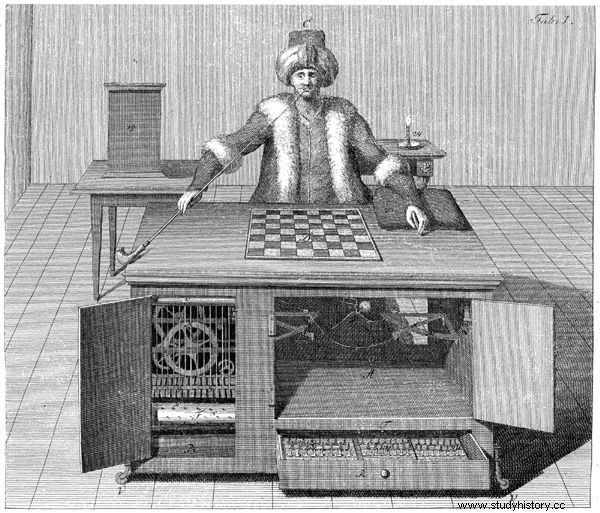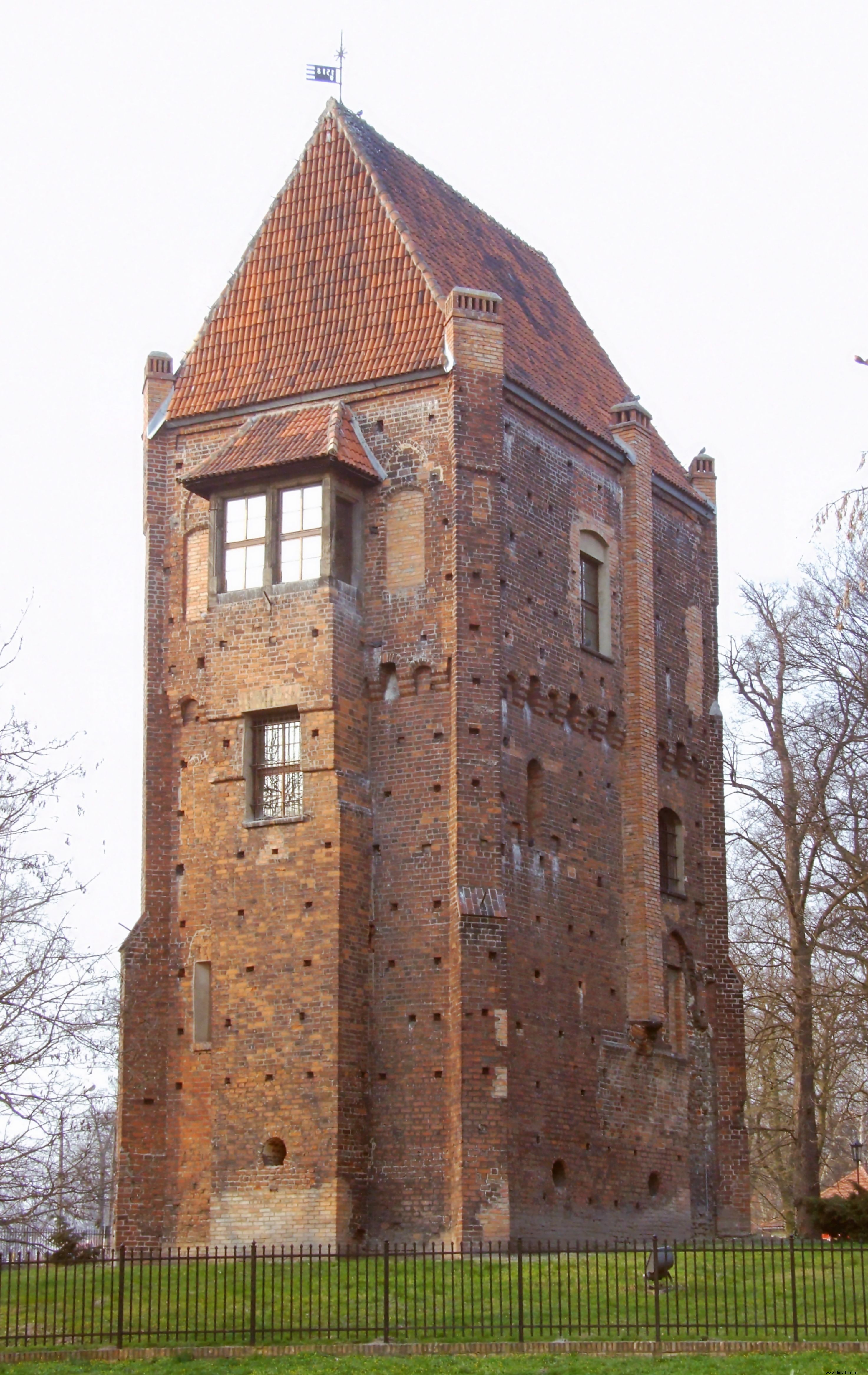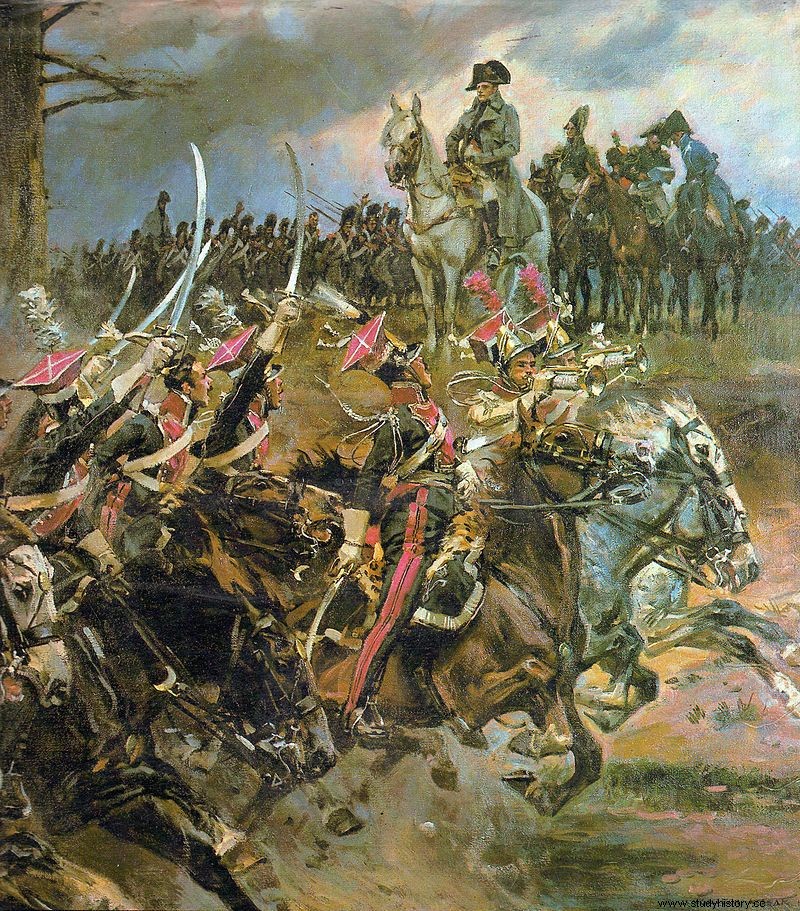It is 1806. A group of commandos arrives in occupied Greater Poland to perform one of the most daring operations in history:to kidnap Napoleon Bonaparte and substitute a double in his place.
The stars of the Tory opposition, the liberals:Count Henry Bathurst and Spencer Perceval, led by Lord Castlereagh, opposed the party representing conservative views not only in Poland. They also had a great hatred for Napoleon, so they decided to get rid of him with the help of the secret Philadelphia organization. They made a plan that was to change the fate of the whole world.
We collect people
In the original assumption, a specially gathered group of commandos was to be sent to the territory of Prussia to kidnap the Little Corporal, using an android created by von Kempelen, the so-called Mechanical Turk. Instead of Napoleon, a double would be placed. The plan was codenamed:"Chess-player". Its implementation, on the other hand, was entrusted to the count's relative, only twenty-two-year-old Beniamin Bathurst.
Initially, the operation was to be commanded by Sir Robert Thomas Wilson, who was seven years older than Bathurst. A Whig man and a friend of Jerzy Canning, the head of the liberal Tory wing, however, did not arouse the sympathy of Count Henry. Wilson dreamed of playing a great political role, he wanted to have a significant impact on the course of history. Therefore, the choice fell on the young but loyal and courageous Benjamin, who immediately agreed to lead the covert operation.

The so-called "Mechanical Turk" was one of the greatest eighteenth-century hoaxes by Wolfgang von Kempelen. It was allegedly a machine that played a game of chess masterfully. In fact, hidden inside was a chess player that controlled all the moves.
Without delaying a moment, Benjamin began gathering his commandos in various parts of London. He needed good people with appropriate underground experience. After only a week, he managed to form an operational group of fourteen people who passed Bathurst's test. It was certainly not the simplest one, since three potential candidates died in a mysterious trial.
Eleven of them, equipped with false passports, went to Prussia to finally reach the Halszka Tower in Szamotuły, also known as the tower of the black princess from the tragic history of Elżbieta Ostrogska (a princess imprisoned in the tower by her husband, who was ordered to put on a black metal face on her face. mask). There, Beniamin also brought priest Stefan Błażewski, a monk from Gostyń, blackmailed with the threat of murdering his beloved niece.

It was in Halszki's Tower, Fr. Stefan Błażewski was forced to participate in the "Chess-player" operation. The late Gothic tower was part of the castle in Szamotuły, erected in the 15th century. Elżbieta Ostrogska's place of suffering gained the nickname of the "tower of the black princess" over time.
Forced to participate in the mission, the priest was to act as a Napoleonic double. He was only four years younger than the Emperor, and as a frequent delegate of the Polish clergy to his court (he was fluent in French), he had the opportunity to observe Napoleon up close. The behavior of the monk, however, completely differed from the characteristic manner of the Emperor. Worried about Bathurst, he sent Błażewski to Poznań, where Napoleon was currently staying, so that the monk would learn how to imitate him best. After the priest's return and demonstration of the acquired skills, Benjamin was finally satisfied.
It is not worth trusting a priest
On December 13, 1806, the final implementation of the plan began. The operation assumed the kidnapping of Napoleon with the help of the Mechanical Turk, with whom the Emperor, who was passionate about chess, once lost the game. Benjamin planned to offer him the principle of operation of the machine and to show him the place inside the box, which contained a set of cables and magnets controlling the mechanical figure. Napoleon was supposed to go inside, then - after closing the lid - he would be dragged to the adjacent room on specially prepared rollers. In his place, the commandos intended to put a double. In Poznań, however, the Philadelphians were waiting for him, ready to take power.
Napoleon, informed of the presence of "Turk" in Szamotuły, immediately rushed to meet the machine. All the points of the plan were implemented without any obstacles. When priest Błażewski was already leaving for Poznań, Barthurst and other commandos were carrying the deafened and wrapped Emperor to Kołobrzeg, to board the ship there and go back to England. However, something the conspirators had not foreseen happened.
Napoleon had a characteristic pimple behind his ear. Surprisingly, an identical mark - in the same place - also had the Emperor's double - priest Błażewski. On December 12, 1806, on the day Benjamin sent the monk to Poznań, the double and the Little Corporal were exchanged. The clergyman decided to cooperate with the French intelligence and revealed the whole secret of the secret operation. Therefore, in Szamotuły, along with the conspirators, there was not Błażewski, but Napoleon himself, who replaced the alleged double. Therefore, the rightful ruler returned to Poznań, while the conspirators carried a priest to Kołobrzeg who was to replace the Emperor on the throne.
Is it over?
Since then, a veritable wave of mysterious deaths has begun for anyone linked to the covert operation. Bathurst himself was to die in 1809 in previously unknown circumstances. "He had" because it is not known to this day whether he was actually murdered. It has been rumored that he initiated his own disappearance to avoid responsibility for driving Operation "Chess-player".
The lack of testimonials and the disappearance of people does not mean, however, that the authenticity of the plan itself can be undermined. She is spoken by a double. We know several accounts confirming his resemblance to the Little Corporal. Otton Pirch, a Prussian officer who made a map of the vicinity of Gostyń in the 1820s, in his memoirs of his stay in the basilica in Świętogórska, drew attention to a strange monk, a member of the mission to Napoleon. Curious about his appearance and great authority among his brothers, he decided to meet the priest and, when he met him in the sacristy, spoke to him in French. The clergyman was clearly reluctant to speak about Paris and the coronation of "Little Corporal". Interestingly, the last time Pirch mentioned the French capital, the friar suffered a "strong chest contraction" after his answer and had to retreat to the refectory.

Leading the secret plan to overthrow Napoleon's power was the young British diplomat Beniamin Bathurst. During the Napoleonic Wars in 1809 he disappeared under mysterious circumstances.
Another important account comes from pneumonia sufferer Gijsbert Berntrop. He returned to his homeland through the German states, Prussia and Poland. Doubting that he would be able to return alive, in January 1813 he looked for a Catholic confessor. He found the Holy Mountain in Gostyń. During his confession in French, the Dutchman was shocked when he saw… the face of Napoleon through the confessional's long hair covered with the confessor's hair!
What happened to the monk? Father Stefan in 1806 or 1807, with the consent of his superiors, left Święta Góra and went to Chocieszewice. After returning to the monastery in 1811, he led a solitary lifestyle. According to the account of Fr. Brzezinski, Father Stefan hardly left the monastery cell:"two or three times throughout his life he was seen three hundred steps behind the gate and he returned immediately". Perhaps the long hair mentioned in Pirch's account was to hide his resemblance to Napoleon?

Did the mysterious "Chess-player" operation take place in reality? Although no direct documents confirming the preparation and course of the plan have survived, there are reports of witnesses who saw the Gostyń monk, the Emperor's alleged double. The picture shows a painting by Wojciech Kossak.
The last unexplained event is the visit of Garcia Tejada to Rome, in the hotel room of the napoleonist Waldemar Łysiak. The Spaniard asked the Pole for some information about Napoleon's stay in Poznań in 1806, about the tower of the black princess in Szamotuły and about the Gostyń monastery of the Philippines on the Holy Mountain, explaining that he was conducting historical studies on the Napoleonic era. On the second visit, this mysterious man brought a leather briefcase (a Baroque diplomat from the 18th century) with the words "Chess-player 1806" containing several letters and "Memorial" being the main document in the case. After copying the received materials, Łysiak never saw Tejada again, and as it later turned out, the Spanish embassy and the Italian authorities had never heard of someone like that.
Bibliography:
- Waldemar Łysiak, Szachista , National Publishing Agency, Krakow 1982.
- Grzegorz Skorupski, Meetings with the past. Gostyń and its surroundings , Drukarnia Real, Gostyń 2009.
- Edward Raczyński, Memories of Wielkopolska, that is, of the Poznań, Kalisz and Gniezno voivodeships. volume 1 , Wydawnictwa Artystyczne i Filmowe, Warsaw 1982.
